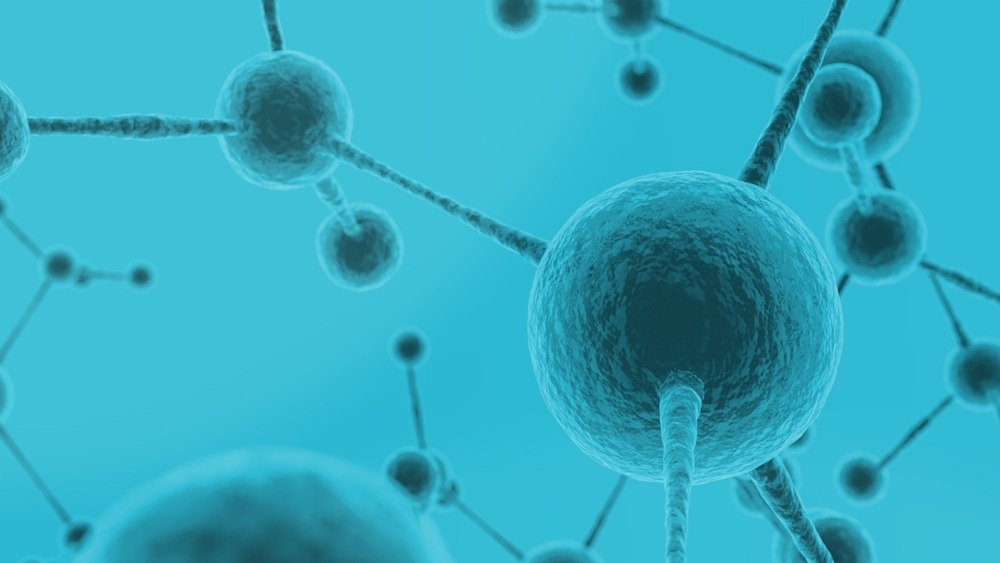From the iridescent wings of a blue morpho butterfly to the vivid red feathers of a scarlet macaw, “structural colors” may be seen all over the natural world. Synthetic versions of these biomimetic materials, unlike pigment-based colors, are the product of the materials’ three-dimensional structure and organization.

Image Credit: Siwakorn TH/Shutterstock.com
The design and production of materials with specific structural hues, on the other hand, has proven problematic, in part because structure-color connections can only be established by investigating the underlying structures of biomimetic materials, which is hard to achieve experimentally.
Recent research published in Science Advances proposes a method for determining the relationship between a material’s structure and color.
This study, headed by scientists from the University of Delaware and the University of Akron, shows how colors produced by mixtures of intensely absorbing, melanin-mimicking nanoparticles may be envisioned using computational reverse-engineering methods. These insights can be utilized to efficiently create materials with specific, robust colorations in the future.
The laboratory of co-corresponding author Arthi Jayaraman, Centennial Term Professor for Excellence in Research and Education at UD’s Department of Chemical & Biomolecular Engineering, devised the computational reverse-engineering method employed in this study.
This computer technique, called Computational Reverse-Engineering Analysis for Scattering Experiments (CREASE), allows experimentalists to identify the 3D, molecular-level spatial organization within materials using small-angle scattering observations.
Since the completion of this research, the CREASE approach has been developed and used for even more complex materials.
To create new forms of soft materials, the Jayaraman research group uses a variety of computational approaches, including modeling, molecular simulations, theory, and machine learning.
Their group works with experimentalists to evaluate their computational results and develop new computational methods for analyzing experimental data, with the ultimate objective of creating new materials for use in optics, energy, biomedicine, photonics, and other fields.
Journal Reference
Heil, C. M., et al. (2023). Mechanism of structural colors in binary mixtures of nanoparticle-based supraballs. Science Advances. doi.org/10.1126/sciadv.adf2859.